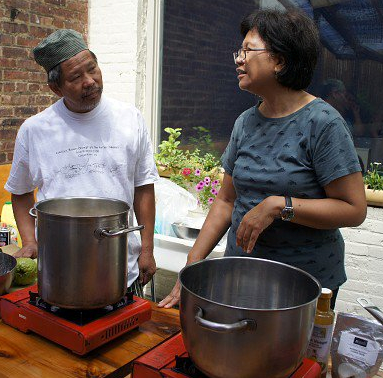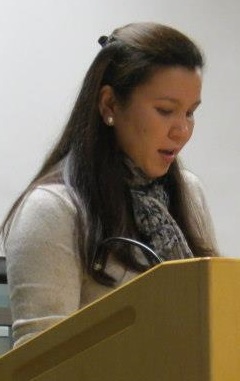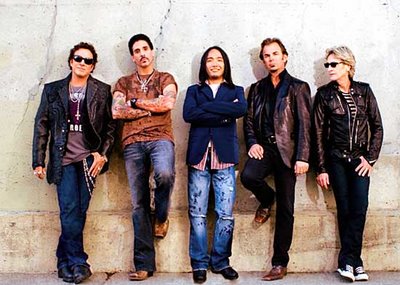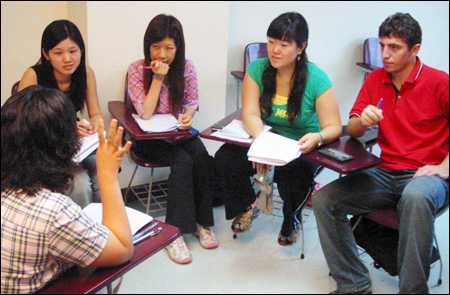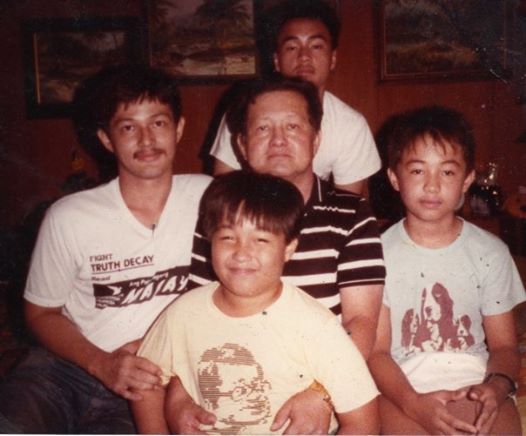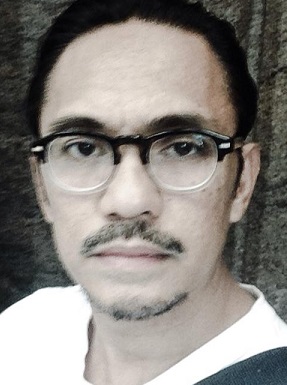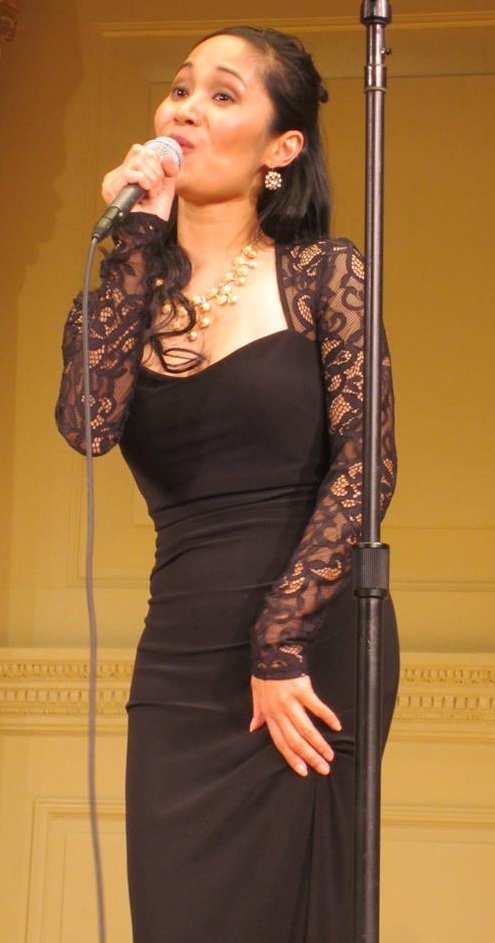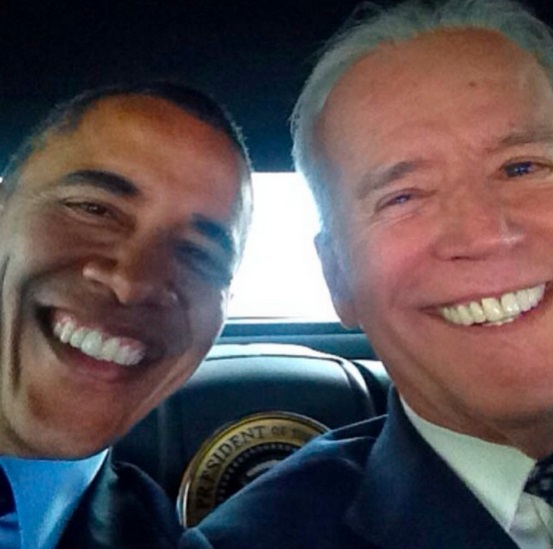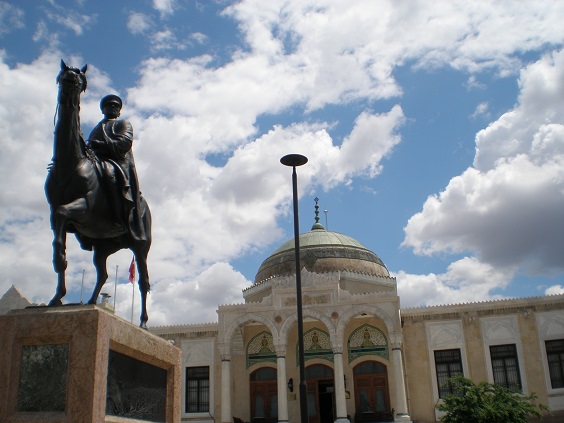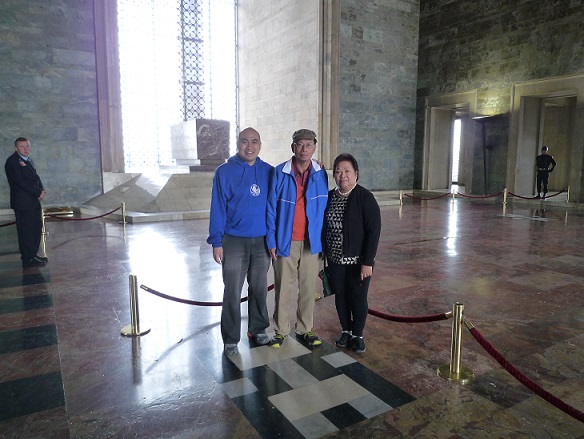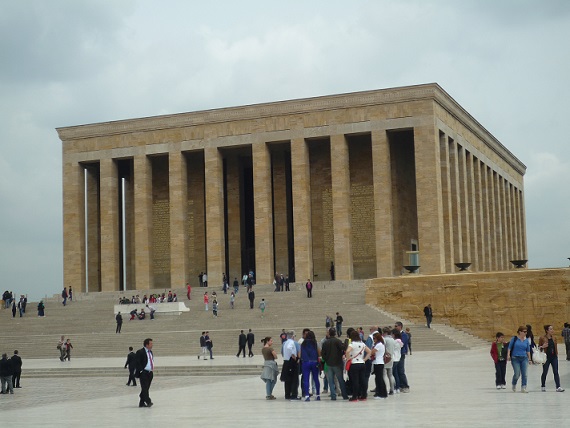Philippines, Turkey share parallels in history and have the warmest people
By Wendell GaaThere just couldn’t be a riper and more exciting time to foster increased interaction between the peoples of the Philippines and Turkey than now. Both countries have so much in common. They are host to some of the most amazing historical and natural destinations, abundant with regional diversity, and are inhabited by some of the most hospitable and warmest citizens on the planet.
In a recent luncheon meeting with members of the Fil-Am media, we heard with fascination travel executive Joebert Opulencia’s stories of how he has lived and worked in Turkey for several years to the point that he considers that land his second home. We learned from both him and Mr. Alp Ozaman, regional marketing manager for Turkish Airlines in New York, how there has been an increase in Filipino tourists visiting Turkey because of the airline’s direct Manila-Istanbul flights, which is scheduled daily. Joebert, who has promoted Turkey via NYC as president of Orientours Co., Ltd., is witness to this rising trend.
Turkey is a land that I also love, rich with history and some of the most delicious food I’ve sampled anywhere in the Middle East. Sadly, it is also a country that has recently been on the news this year for mostly disastrous reasons, from the ISIS terrorist bombings at Istanbul’s international airport, to the failed military coup attempt against reigning Turkish President Recep Tayyip Erdogan which cost over 200 lives across the country.
In spite of the often discouraging and disheartening news you may have been watching and reading about, Turkey, just like our beloved Philippines, is a place that you should absolutely take time to visit and not to be afraid of discovering its historical and cultural treasures.
Istanbul is Turkey’s most popular tourist destination for very good reason, but if it is a window into the entire region’s ancient past, then a visit to the nation’s political capital, Ankara, will help you understand the roots of modern-day Turkey from the 20th century onwards, and how it evolved from the Ottoman Empire to the modern republic it is today.
Grand adventure
The city was the very first stop in my family’s grand Middle East adventure a couple of years ago. It is also one of the last global journeys I took together with my Dad, the late Philippine Ambassador to the United States Willy C. Gaa. The current Philippine envoy to Turkey Maria Rowena Sanchez, or Tita Weng as we love to call her, had been inviting us to stay with her to explore this fabulous country, and finally we had the chance to do so, starting with this overlooked yet important city.
Upon arrival, Ambassador Sanchez took us out to a fine Turkish restaurant within the city’s well planned diplomatic quarter. To my expected delight, scrumptious lamb kebabs and pita bread were among the orders of the evening. The following day, we were taken on a tour of Ankara’s main attraction, the Anıtkabir, or “memorial tomb,” of Mustafa Kemal Atatürk, the founder and first president of the Republic of Turkey. As we entered the memorial grounds, I was awestruck by how vast and expansive the entire complex was. Towering pillars and columns almost reminiscent of the designs of many historic architectural structures I’ve seen in Rome and Washington, D.C. surrounded the long courtyard of the memorial. Such fine example of the best of Turkish engineering ingenuity.
We took a stroll through the memorial complex’s Atatürk Museum, which is dedicated to the history and legacy of Turkey’s founding father. His personal accessories, clothing, speech recordings, and even his Cadillac Series 80 automobile are all on display here, as well as a life-size wax replica figure of him. We learned more about how his surname Atatürk literally means “Father of the Turks” and that title was granted to him in 1934, during the early years of the Turkish Republic after the Ottoman Empire was dissolved at the end of World War I in 1918.
The immense mausoleum housing his tomb site is undoubtedly the centerpiece of the entire Anıtkabir complex. As we climbed the steps leading to the tomb, coincidentally three Turkish soldiers carrying a wreath also began to march up the stairs, followed by a long procession of what looked to be elementary school children, who appeared to be on a school field trip.
After waiting a few minutes for the wreath-laying procession to conclude, we finally had the chance to walk over right near the tomb. There were sentries posted on the doorways at opposite ends of the tomb, and we weren’t permitted to go anywhere close to it, but we were allowed to take photos inside the mausoleum. The marble tiles around the huge room were finely designed and polished. It was fascinating to learn how after Atatürk helped pioneer the Republic of Turkey with its provisional government, he undertook a program of political, economic and cultural reforms that led Turkey to the developed and secular nation it is today. Under his governance, thousands of new schools were built across the nation, public education was made free, and women were given equal civil and political rights. It is for these reasons that he is internationally well regarded as a staunch advocate for the humanities not just in the Middle East, but around the world.
As we concluded our lunch at Morton’s, a renewed sense of vigor and inspiration swept through us as we pondered over Turkey’s impact on modern pop culture, from its NBA basketball stars to TV medical personality Dr. Mehmet Oz, who to our surprise was Turkish-American. Nothing but bright and positive things could happen if we all work together to strengthen Philippine-Turkish ties!

